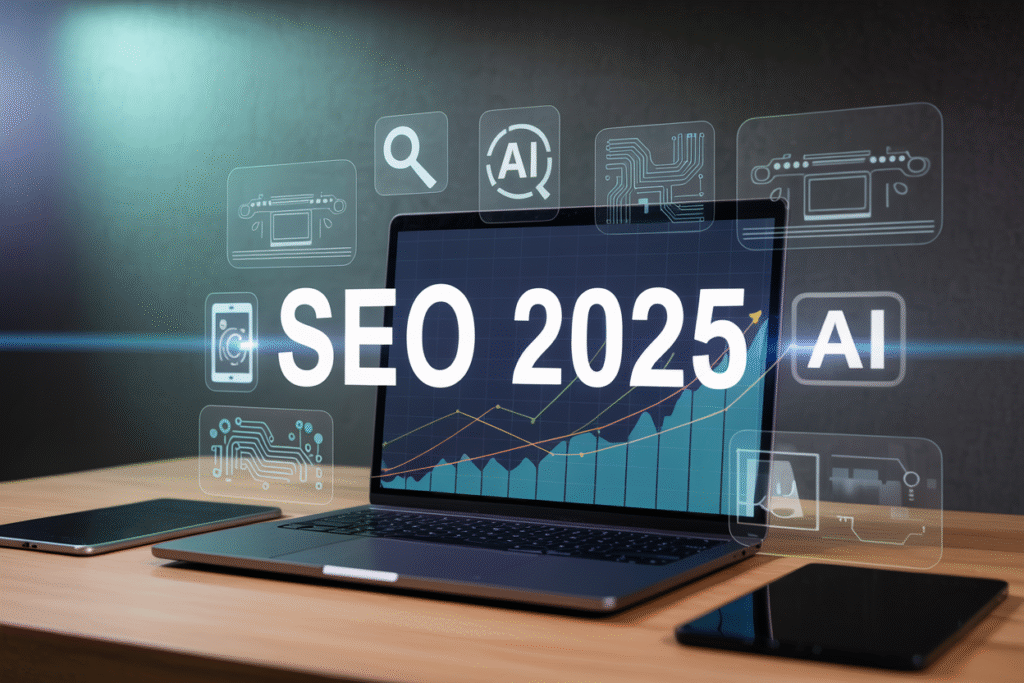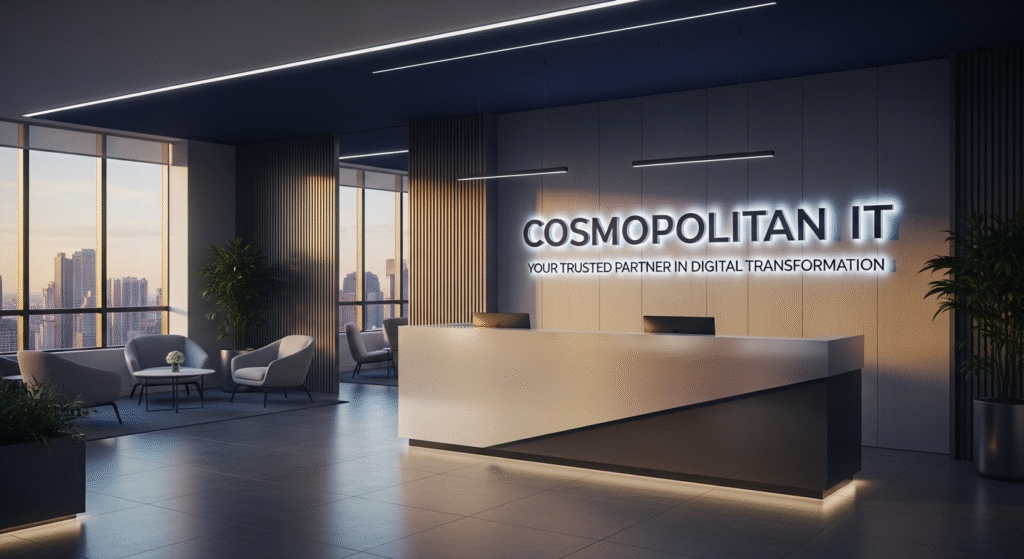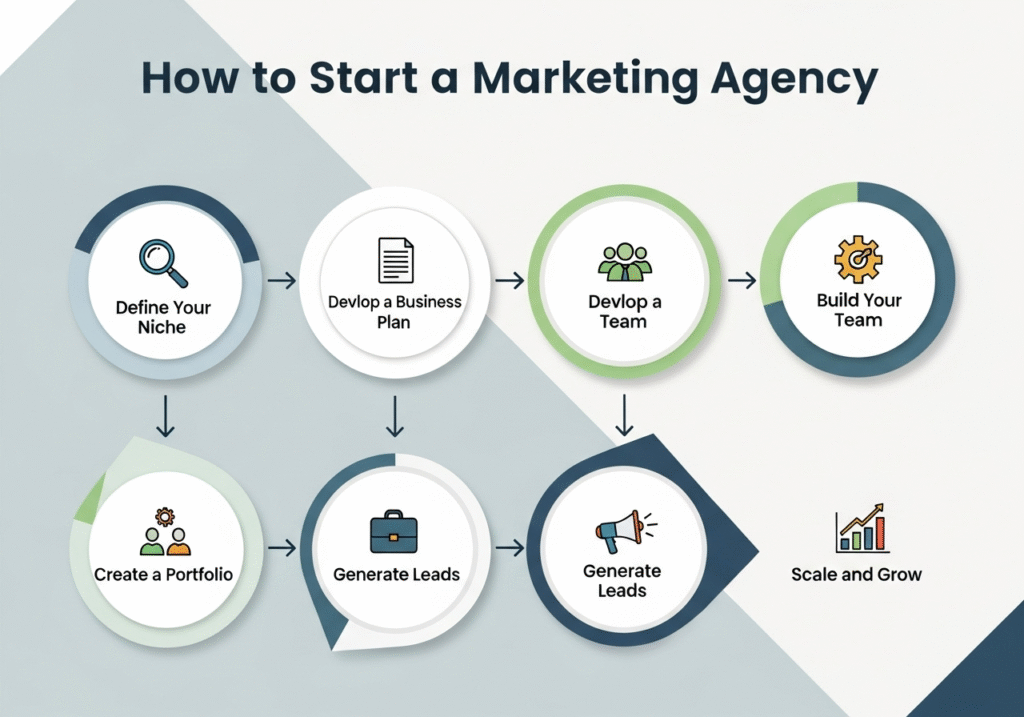Google’s algorithm changes faster than ever, and traditional SEO tactics aren’t cutting it anymore. If you’re a digital marketer, business owner, or SEO professional struggling to climb the search rankings, you need fresh strategies that actually work in 2025’s competitive landscape.
These cutting-edge on-page SEO hacks will help you outrank competitors and drive more organic traffic to your website. We’re talking about proven techniques that Google’s crawlers are actively rewarding right now.
You’ll discover advanced keyword optimization strategies that go way beyond stuffing your target phrases into titles and headers. We’ll also dive into revolutionary content structure techniques that make search engines fall in love with your pages, plus technical SEO enhancements that can boost your rankings almost overnight.
Ready to transform your website performance? Let’s jump into the SEO hacks that are dominating search results in 2025.
Advanced Keyword Optimization Strategies for Maximum Visibility
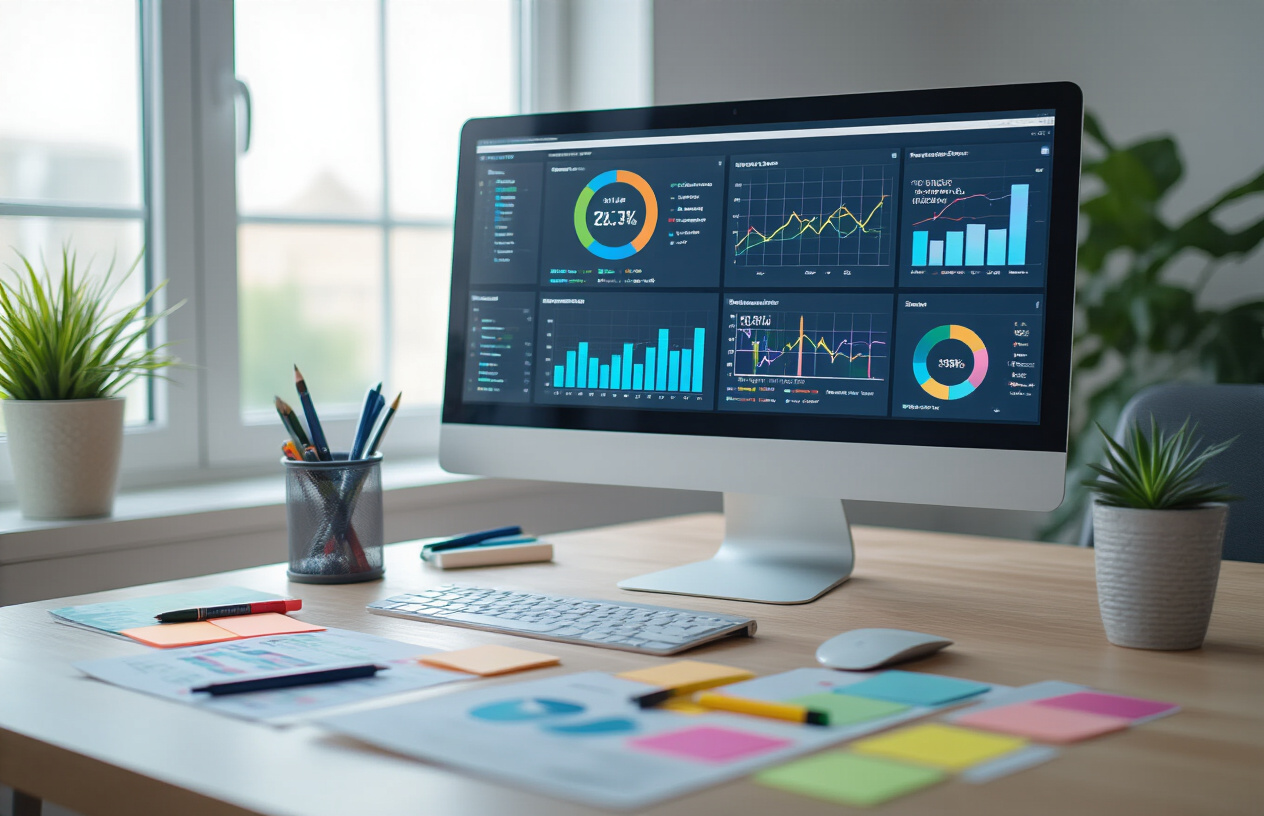
Semantic Keyword Clustering for Topical Authority
Building topical authority requires grouping related keywords into cohesive clusters that search engines can easily understand. Think of it like organizing a library – you wouldn’t scatter books randomly across shelves. The same principle applies to your content.
Start by mapping your primary keywords alongside related terms and subtopics. For example, if you’re targeting “content optimization,” your cluster might include “content marketing,” “SEO writing,” and “content performance metrics.” Tools like Ahrefs and SEMrush can reveal these natural keyword relationships through their topic clustering features.
The magic happens when you weave these clustered keywords throughout your content in logical sections. Google’s algorithm recognizes when you cover a topic comprehensively, rewarding you with higher rankings for the entire cluster. This approach transforms single-page optimization into domain-wide authority building.
| Keyword Cluster Strategy | Implementation Method | Expected Impact |
|---|---|---|
| Primary topic hub | Main keyword focus | 40-60% traffic boost |
| Supporting subtopics | Related keyword integration | 20-30% ranking improvement |
| Long-tail variations | Natural content expansion | 15-25% new keyword rankings |
Long-tail Keyword Integration in Natural Contexts
Long-tail keywords are conversation starters between your content and search users. Instead of forcing “best SEO strategy 2025” into every paragraph, look for natural speaking opportunities where these phrases would genuinely fit.
Create content that answers specific questions your audience asks. When someone searches “how to improve website ranking without paying for ads,” they want actionable advice, not keyword-stuffed nonsense. Your content should flow like you’re explaining the concept to a colleague over coffee.
Use question-based headings that incorporate long-tail variations naturally. Instead of generic subheadings, try “Why Traditional SEO Hacks Don’t Work Anymore” or “What Makes Modern Keyword Optimization Different.” These phrases capture long-tail searches while maintaining readability.
Consider the user’s journey when placing these keywords. Early-stage researchers need different language than someone ready to implement solutions. Match your keyword choices to where visitors are in their decision-making process.
User Intent Matching Through Search Query Analysis
Understanding why people search is more valuable than knowing what they search for. Every query carries intent – informational, navigational, transactional, or commercial investigation. Your content must align with these underlying motivations.
Analyze your target keywords in search results to understand what Google considers relevant. If “seo ranking tips” shows mostly list-based articles, that’s your cue about user expectations. Don’t fight the current – swim with it.
Create content that satisfies multiple intent types within the same piece. Someone searching “keyword optimization” might want to learn the basics (informational) or find tools to implement (commercial). Address both needs naturally.
Use Google’s “People Also Ask” section as your roadmap for related intents. These questions reveal the complete thought process behind initial searches, giving you opportunities to capture additional traffic.
LSI Keyword Placement for Content Depth
LSI (Latent Semantic Indexing) keywords are the supporting cast that makes your main keywords shine brighter. These related terms help search engines understand your content’s context and depth.
Instead of repeating your main keyword endlessly, sprinkle in synonyms and related concepts. For “on-page SEO,” you might naturally include terms like “website optimization,” “search visibility,” and “content performance.” These variations signal comprehensive coverage.
Place LSI keywords in strategic locations: image alt text, meta descriptions, and throughout body content where they make sense. Don’t overthink placement – if it sounds natural when you read it aloud, you’re on the right track.
The best LSI integration happens when you genuinely expand on topics. Writing about “mobile-first optimization” naturally brings in terms like “responsive design,” “page speed,” and “user experience” without forced inclusion.
Revolutionary Content Structure Techniques That Search Engines Love

Topic Modeling for Comprehensive Content Coverage
Search engines have gotten incredibly smart at understanding content relationships. Topic modeling transforms your content from a simple keyword-stuffed article into a comprehensive resource that covers all aspects of your main subject. This cutting-edge on-page SEO hack involves mapping out semantic relationships between related concepts and ensuring your content addresses them naturally.
Start by identifying your primary topic and creating clusters of subtopics that users typically search for alongside it. For example, if you’re writing about “content optimization,” related subtopics might include content audits, user intent, readability scores, and internal linking strategies. Tools like Answer the Public and Google’s “People Also Ask” sections reveal these semantic connections.
The magic happens when you weave these related concepts throughout your content without forced keyword stuffing. Search engines recognize this comprehensive approach and reward it with higher rankings because it better serves user intent.
Strategic Header Hierarchy for Improved Crawlability
Your header structure acts like a roadmap for both users and search engine crawlers. A well-organized hierarchy using H1, H2, H3, and H4 tags creates a logical flow that search engines can easily follow and understand.
Your H1 should contain your primary keyword and clearly state the main topic. H2 tags divide your content into major sections, while H3 and H4 tags break down complex ideas into digestible chunks. This approach directly impacts your seo ranking tips by making content more scannable and accessible.
Never skip header levels – jumping from H2 to H4 confuses crawlers and reduces your content’s structural clarity. Each header should provide value by accurately describing the section it introduces, helping both users and search engines navigate your content effortlessly.
Featured Snippet Optimization Formatting
Featured snippets dominate search results and drive significant traffic. These coveted “position zero” spots favor specific formatting patterns that you can deliberately incorporate into your content strategy.
For list-based snippets, use numbered or bulleted lists with clear, concise points. Step-by-step processes work exceptionally well. Table snippets require clean HTML tables with descriptive headers and organized data. Paragraph snippets typically pull 40-60 words, so craft concise answers immediately following question-style subheadings.
Structure your content to directly answer common questions within your niche. Use question-based H2 or H3 tags followed by immediate, comprehensive answers. This seo strategy increases your chances of capturing featured snippets across multiple related queries.
Content Silos for Enhanced Topical Relevance
Content silos organize your website into themed sections that demonstrate topical authority. This advanced on-page seo technique involves grouping related content together and linking strategically within those groups to signal expertise to search engines.
Create pillar pages that comprehensively cover broad topics, then support them with cluster pages targeting specific long-tail keywords. Internal links should primarily flow within these silos, with occasional strategic links between related silos.
This website performance enhancement helps search engines understand your site’s architecture while distributing link equity effectively. Silos also improve user experience by keeping visitors engaged with related content, reducing bounce rates and increasing dwell time – both important ranking factors in modern search engine optimization.
Technical SEO Enhancements That Deliver Instant Results
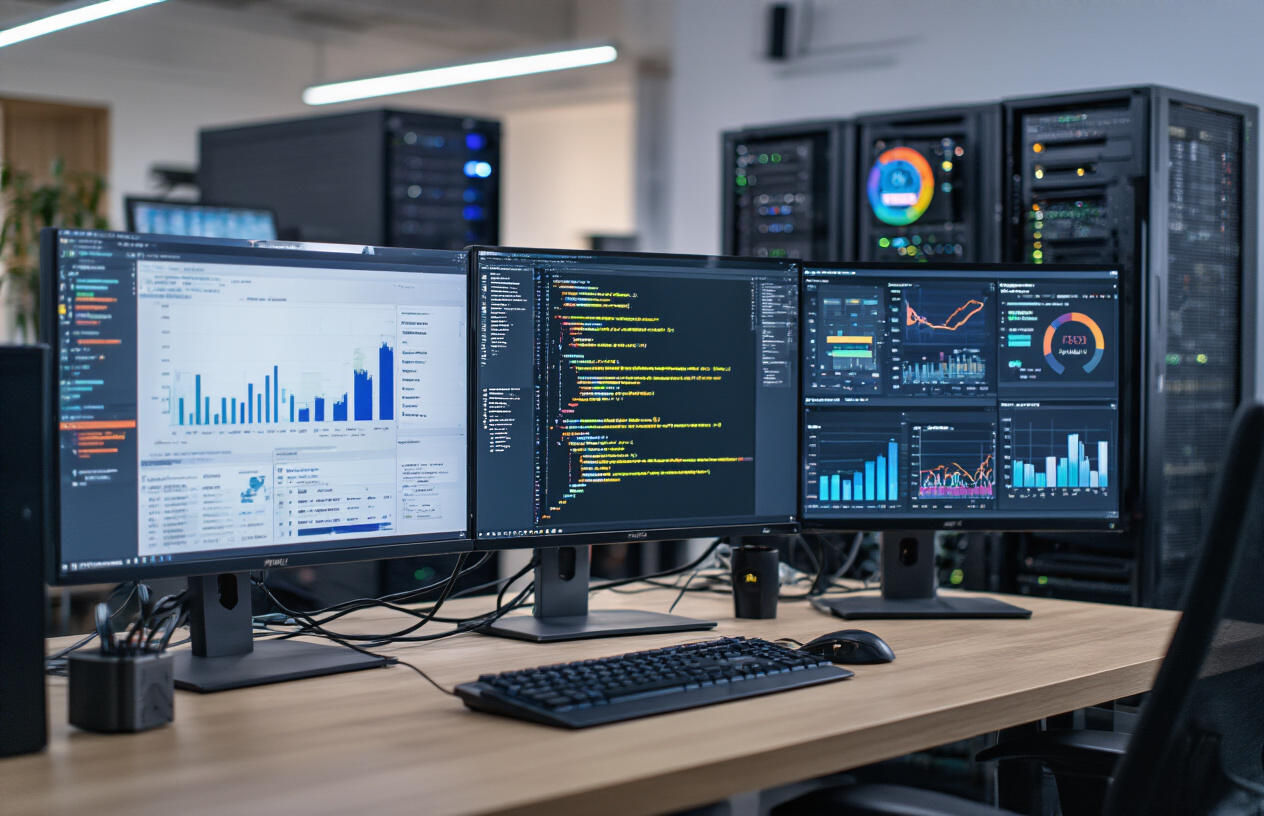
Core Web Vitals optimization for user experience signals
Google’s Core Web Vitals have become the foundation of ranking success, with these metrics directly impacting your search visibility. The three core measurements – Largest Contentful Paint (LCP), First Input Delay (FID), and Cumulative Layout Shift (CLS) – act as Google’s way of measuring real user experience.
For LCP optimization, focus on optimizing your largest visible element’s loading time. Compress hero images using WebP format, implement lazy loading for below-the-fold content, and minimize render-blocking resources. A well-optimized LCP should load within 2.5 seconds to meet Google’s “good” threshold.
FID measures interactivity delays, and improving this metric requires reducing JavaScript execution time. Break up long tasks into smaller chunks, remove unused JavaScript, and defer non-critical scripts. Your FID should stay below 100 milliseconds for optimal performance.
CLS prevents layout shifts that frustrate users when elements suddenly move. Reserve space for images and ads by setting explicit dimensions, avoid inserting content above existing elements, and use transform animations instead of changing layout properties.
Quick wins for Core Web Vitals:
- Enable browser caching with appropriate cache headers
- Optimize critical rendering path by inlining critical CSS
- Use a Content Delivery Network (CDN) for faster asset delivery
- Implement preloading for essential resources
Schema markup implementation for rich snippets
Schema markup transforms your regular search listings into eye-catching rich snippets that dominate search results pages. This structured data helps search engines understand your content context while increasing click-through rates significantly.
Start with basic schema types that match your content. Article schema works perfectly for blog posts, including properties like headline, author, datePublished, and image. Product schema showcases prices, ratings, and availability directly in search results. Local business schema displays contact information, hours, and location data.
JSON-LD format offers the cleanest implementation method. Place schema markup in your page’s <head> section or right before the closing </body> tag. Google’s Structured Data Testing Tool validates your markup before going live.
Essential schema types for 2025:
- FAQ schema for question-and-answer content
- How-to schema for step-by-step guides
- Review schema for testimonials and ratings
- Breadcrumb schema for navigation clarity
- Organization schema for brand credibility
Advanced schema implementation includes nested schemas and multiple schema types on single pages. E-commerce sites benefit from combining Product, Review, and Organization schemas for maximum visibility.
Internal linking strategies for authority distribution
Smart internal linking acts as your website’s circulatory system, distributing page authority and helping search engines discover your content hierarchy. Strategic internal links guide both users and crawlers through your most valuable pages.
Create topic clusters by linking related content together. Your main pillar page should link to supporting cluster pages, while cluster pages link back to the pillar and cross-link to related subtopics. This structure signals topical authority to search engines.
Anchor text diversity matters more than exact matches. Use descriptive phrases that naturally indicate the linked page’s content. Mix branded terms, partial matches, and contextual phrases to avoid over-optimization penalties.
Effective internal linking tactics:
- Link from high-authority pages to newer content for faster indexing
- Use contextual links within content rather than sidebar or footer links
- Implement breadcrumb navigation for clear site hierarchy
- Create resource pages that link to multiple related articles
Link depth optimization ensures important pages stay within 3-4 clicks from your homepage. Orphaned pages without internal links struggle to rank, so regularly audit your site for linking opportunities. Tools like Screaming Frog help identify pages lacking internal link juice.
The “reasonable surfer model” suggests that prominent links carry more weight than buried ones. Place your most important internal links higher in your content and within the main body text for maximum SEO impact.
Mobile-First Optimization Tactics for 2025 Rankings
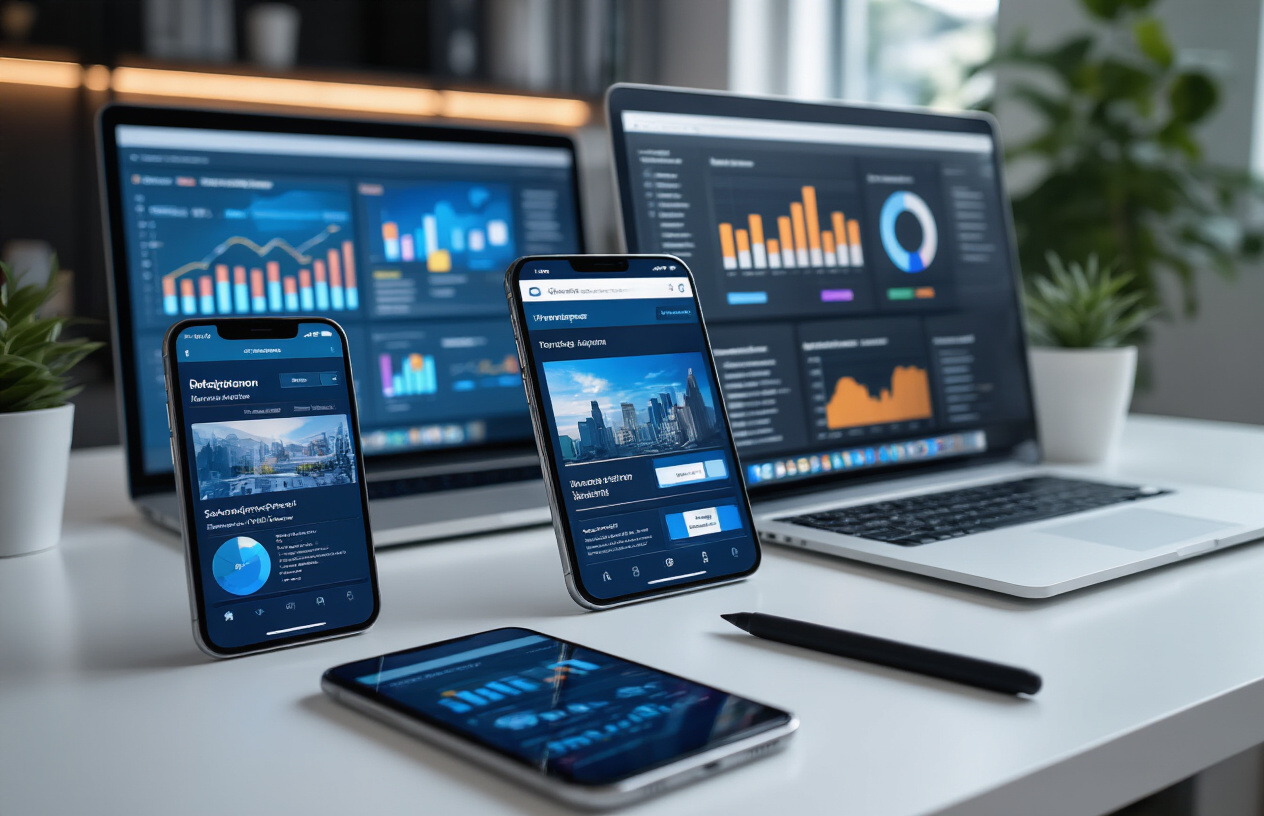
Progressive Web App Features for Engagement
Progressive Web Apps (PWAs) represent the future of mobile web experiences, combining the best of web and native apps. These cutting-edge on-page SEO hacks boost user engagement metrics that directly impact search rankings. PWAs load instantly, work offline, and provide app-like interactions that keep visitors glued to your site.
Service workers cache critical resources, enabling lightning-fast page loads even on slow connections. This dramatically improves Core Web Vitals scores, a crucial ranking factor. Push notifications re-engage users without requiring app store downloads, creating repeat visits that signal content value to search engines.
The “Add to Home Screen” feature transforms your website into a pseudo-native app. Users access your content with a single tap, bypassing browser overhead. This seamless experience reduces bounce rates and increases session duration – key metrics Google uses to evaluate content quality.
Background sync ensures user actions like form submissions work even when connectivity drops. Users complete desired actions without frustration, boosting conversion rates and user satisfaction signals.
Voice Search Optimization Techniques
Voice queries reshape how people interact with search engines. These searches tend to be longer, more conversational, and question-based. Smart speakers and mobile assistants drive this trend, making voice optimization essential for 2025 rankings.
Featured snippets dominate voice search results. Structure content to answer specific questions clearly and concisely. Use natural language that mirrors how people speak, not just how they type. Include question phrases like “how to,” “what is,” and “where can I find” throughout your content.
Schema markup becomes critical for voice search visibility. Implement FAQ schema, How-to schema, and local business markup to help search engines understand your content context. This structured data increases chances of being selected for voice responses.
Local intent drives many voice searches. Optimize for “near me” queries by including location-specific keywords naturally within your content. Create location pages that answer common local questions your audience asks.
Mobile Page Speed Acceleration Methods
Page speed directly impacts mobile rankings and user experience. Google’s mobile-first indexing prioritizes sites that load quickly on smartphones and tablets. Every second of delay costs you visitors and rankings.
Critical Resource Hints guide browsers to load essential elements first. Use rel="preload" for above-the-fold fonts and images, rel="prefetch" for resources needed on subsequent pages, and rel="dns-prefetch" for external domains. These seo hacks 2025 reduce perceived load times significantly.
Image optimization requires multiple strategies working together:
- WebP and AVIF formats reduce file sizes by 25-50% compared to JPEG
- Responsive images serve appropriate sizes for different screen densities
- Lazy loading defers off-screen images until users scroll to them
- Compression tools like TinyPNG maintain quality while shrinking files
Minification removes unnecessary characters from CSS, JavaScript, and HTML without affecting functionality. Combine this with gzip compression for maximum size reduction. Enable browser caching with proper cache headers so returning visitors load pages instantly.
Touch-friendly Navigation Design Principles
Mobile users interact through touch, requiring navigation elements designed specifically for fingers rather than mouse cursors. Poor touch targets frustrate users and increase bounce rates, harming your seo strategy.
Minimum touch target sizes should measure 44×44 pixels, with adequate spacing between clickable elements. This prevents accidental taps that send users to wrong pages. Buttons and links need enough padding to accommodate different finger sizes comfortably.
Thumb-friendly placement positions important navigation elements within easy reach of thumbs. Most users hold phones with one hand, making bottom and middle screen areas most accessible. Primary calls-to-action work best in these thumb zones.
Gesture navigation enhances mobile experiences when implemented thoughtfully. Swipe gestures for image galleries, pull-to-refresh for content updates, and pinch-to-zoom for detailed views feel natural on touchscreens. Avoid conflicting with standard browser gestures that users expect.
Visual feedback confirms user interactions immediately. Buttons should change color or animate when tapped, links should highlight before navigating, and form fields should clearly indicate focus states. This immediate response builds confidence in the interface.
Contextual menus reduce screen clutter while maintaining functionality. Hamburger menus work well for secondary navigation, but keep primary actions visible. Consider sticky navigation bars that remain accessible as users scroll through long-form content.
AI-Powered Content Optimization for Search Dominance
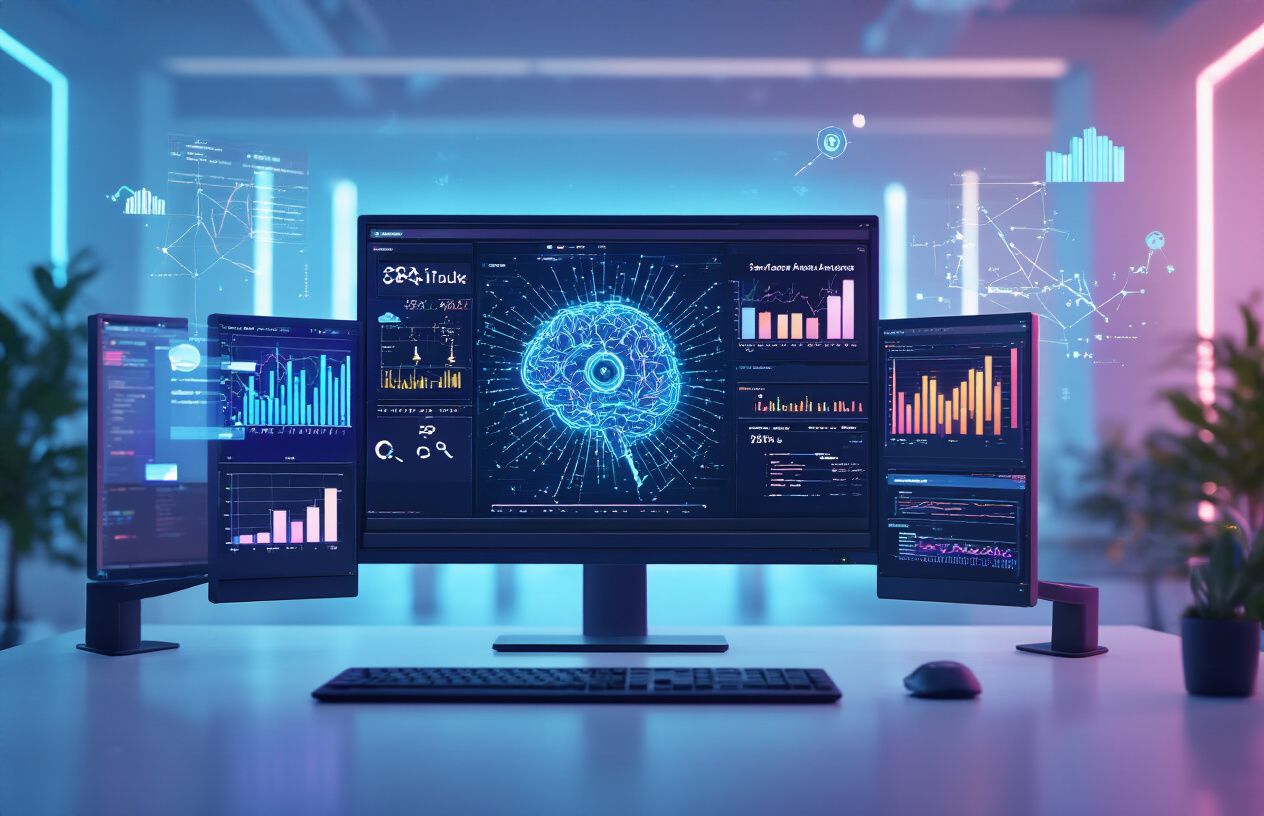
Machine Learning-Driven Content Gap Analysis
AI algorithms now scan competitor content with surgical precision, identifying opportunities you’d miss with manual analysis. These cutting-edge on-page SEO hacks leverage machine learning to map content gaps across your entire industry landscape.
Tools like MarketMuse and Clearscope use natural language processing to analyze top-ranking pages, revealing semantic keywords and content depth requirements. The AI examines topic clusters, identifying missing subtopics that could boost your rankings. It processes thousands of pages in minutes, creating detailed content briefs that show exactly what search engines expect.
Smart content gap analysis goes beyond simple keyword research. It evaluates content comprehensiveness, reading level, and user intent alignment. The AI identifies patterns in high-performing content, suggesting optimal word counts, header structures, and supporting topics that competitors haven’t covered.
Automated Meta Tag Generation and Testing
AI-powered meta tag optimization transforms the tedious process of crafting titles and descriptions into a data-driven science. Advanced algorithms analyze search query patterns and click-through rates to generate meta tags that drive real engagement.
These systems test multiple variations simultaneously, measuring performance across different user segments. The AI learns which emotional triggers, power words, and formats generate the highest CTRs for your specific niche. It automatically adjusts meta descriptions based on seasonal trends and emerging search patterns.
| Feature | Traditional Method | AI-Powered Method |
|---|---|---|
| Testing Speed | Weeks per variation | Real-time A/B testing |
| Data Analysis | Manual spreadsheets | Automated insights |
| Personalization | One-size-fits-all | Audience-specific tags |
| Optimization Frequency | Quarterly | Continuous |
Real-Time Content Performance Monitoring
Modern AI systems track your content performance across hundreds of ranking factors simultaneously. They monitor core web vitals, user engagement metrics, and SERP position changes in real-time, alerting you to optimization opportunities before traffic drops.
These platforms integrate with Google Analytics, Search Console, and social media APIs to create comprehensive performance dashboards. The AI identifies correlation patterns between content changes and ranking fluctuations, helping you understand which seo strategy adjustments deliver the biggest impact.
Real-time monitoring catches technical issues instantly. If your page speed drops or mobile usability scores decline, the system sends immediate alerts with specific optimization recommendations. This proactive approach prevents ranking losses that traditional monthly reporting would miss.
Predictive Keyword Trend Identification
AI algorithms analyze search volume patterns, social media discussions, and news cycles to predict emerging keyword opportunities months before they peak. This predictive capability gives you first-mover advantage in creating content for rising trends.
The systems process massive datasets from Google Trends, Reddit conversations, and industry forums to identify semantic patterns that signal growing interest. They separate temporary spikes from sustainable trends, helping you focus content creation efforts on keywords with long-term potential.
Predictive models also identify declining keywords before they crash, allowing you to pivot content focus proactively. The AI suggests related terms and topics that maintain search relevance while your competitors scramble to adapt.
Natural Language Processing for Content Quality
NLP algorithms now evaluate content quality with remarkable sophistication, analyzing readability, semantic richness, and topical authority. These systems identify content weaknesses that hurt search rankings and user experience.
The AI evaluates sentence structure variety, vocabulary sophistication, and logical flow patterns that search engines reward. It suggests specific improvements like adding transition phrases, varying sentence lengths, and incorporating industry-specific terminology naturally.
Advanced NLP tools detect content redundancy and suggest consolidation opportunities. They identify thin content sections that need expansion and recommend supporting evidence or examples that increase topical depth. The AI ensures your content optimization efforts align with both search algorithm preferences and human reading preferences.

These cutting-edge SEO strategies represent a major shift in how we approach search engine optimization. By focusing on advanced keyword research, revolutionary content structures, and technical improvements, you’re setting your website up for success in 2025’s competitive landscape. Mobile-first optimization isn’t just a nice-to-have anymore—it’s essential for staying relevant as search algorithms continue to prioritize user experience across all devices.
The integration of AI-powered tools into your SEO workflow will give you the competitive edge needed to outrank your competition. Start implementing these techniques one at a time, measuring your results as you go. Remember that SEO success doesn’t happen overnight, but with these modern approaches, you’ll see meaningful improvements in your Google rankings faster than traditional methods would deliver. Your website’s visibility and organic traffic growth depend on how quickly you adapt to these new optimization standards.
FAQs
What are cutting-edge on-page SEO hacks?
Cutting-edge on-page SEO hacks include advanced methods like keyword clustering, schema markup, internal linking, and AI-driven content optimization to improve search visibility.
Why is on-page SEO essential for better rankings?
On-page SEO ensures your content is properly optimized for both users and search engines, helping Google understand and rank your pages higher.
How do meta tags affect SEO?
Meta titles and descriptions help search engines interpret your page content and improve click-through rates by attracting users in search results.
What is keyword clustering in on-page SEO?
Keyword clustering involves grouping related keywords into a single piece of content, helping you rank for multiple queries with one well-optimized page.
How important is internal linking for SEO?
Internal linking improves site structure, helps distribute link equity, and guides users and search crawlers to your most important pages.
Should I use schema markup for on-page SEO?
Yes, schema markup enhances how your page appears in search results with rich snippets, boosting visibility and click-through rates.
How can I optimize images for on-page SEO?
Compress images, use descriptive file names, and include alt text with relevant keywords to improve load speed and SEO performance.
Do heading tags (H1, H2, H3) impact SEO?
Yes, proper heading structure improves readability and helps search engines understand your content hierarchy and key topics.
What role does content freshness play in on-page SEO?
Regularly updating your content signals to Google that your page is active and relevant, which can improve rankings.
Can on-page SEO alone improve my Google ranking?
While on-page SEO is crucial, combining it with strong off-page strategies and technical SEO ensures the best overall performance.

